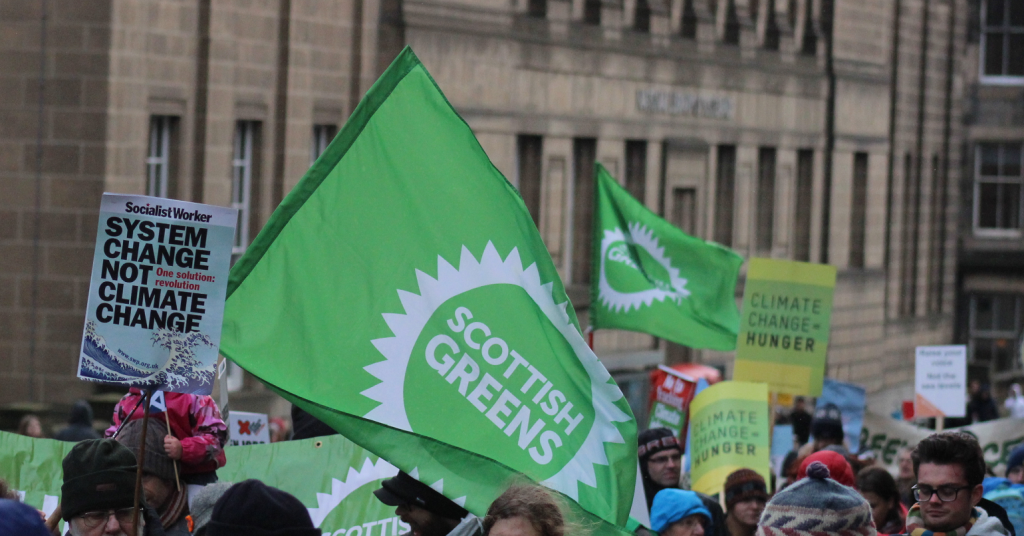How Lewes is planning to reach net zero by 2030

I’ve worked on climate change for 20 years as an officer at local authorities, managing Climate South East and currently as Climate Lead for the Sussex Wildlife Trust.
During this time I had the opportunity to work on ground breaking and innovative sustainability and climate change initiatives at an organisational and community level as well as shaping several climate-related policies and strategies.
Climate change was high on the agenda until 2009 and councils worked collaboratively and measured their emissions methodically. Public perception of climate change was as high then as it is now and Lewes District Council (where I worked then) was fully engaged with local communities in many ways.
And yet, all of this was wiped away in the recession and the great ‘Bonfire of the Sustainability Officers’ that took place as councils facing increasing financial pressures whittled their climate change resources to the bone. As both a casualty of this time and as a survivor working in another council this was an increasingly frustrating time as the years of embedding sustainability practices were (ironically) wiped out overnight. It dawned on me (belatedly) that national and local politics were fundamental in shaping the local climate discourse and my decision to stand as a local councillor coincided with a renewed understanding nationally that more urgency was needed in addressing climate change.
What was previously a ‘Climate Crisis’ became a ‘climate emergency’ and was given new impetus with the UN Special report by the Independent Panel on Climate Change in December 2018 stating that temperatures would likely exceed 1.5 degrees C between 2030 and 2052 at current levels of CO2 with devasting impacts on humanity and nature.
This resulted in a number of councils declaring (with different timelines) climate emergencies. I was elected as a Green councillor in May 2019, joining the cabinet when – as an alliance between the Green Party, Labour and the Liberal Democrats – we took control of Lewes District Council. The first motion I brought forward was to declare Climate Emergency committing the council to reducing its emissions to Net Zero and being fully climate resilient by 2030.
The new Climate Change Strategy is a watershed moment on the journey to that target. Many projects such as our social housing decarbonisation programme, natural flood management schemes, zero carbon development are part of ensuring that climate change runs as a thread through all our decision-making, actions and importantly our investment opportunities.
It is crucial we engage with our communities on climate change. We’ve supported a successful National Lottery bid to expand a community climate partnership along the Ouse Valley as well as a Community Climate Action Forum.
This strategy will develop as new partnerships form and new opportunities arise, but it sets out clearly our carbon baseline, where we need to focus and what we need to do to tackle greenhouse gas emissions and adapt to a changing climate. 2020 was one of the three hottest years (with 2016 and 2019) and flood warnings were issued in Seaford 7 times.
We have a limited window to act. One of the few rays of light from the otherwise tragic experiences of Covid-19 has been the shift towards more people cycling due to less cars on the road, an increased appreciation of local nature and the rise in online working leading to less commuting. Whether we will see a resumption of former behaviours and CO2 emissions remains to be seen but we have had a glimpse of how a better balance positively impacts not only on CO2 emissions but also on our lives. We must ensure these opportunities are not wasted.
PS. We hope you enjoyed this article. Bright Green has got big plans for the future to publish many more articles like this. You can help make that happen. Please donate to Bright Green now.
PPS. Bright Green has an exciting series of events coming up. Join us for debates, interviews and much more.
Image credit: Missjensen – Creative Commons




All power to your elbows! The intention is clear, and the mind.
How much impact might the sum of your decisions have environmentally, given that the vast majority of LA expenditure the LA has no control over, it is mandated by central government?
Given this, might we make a calculation of whether our efforts are being expended in the most effective way?